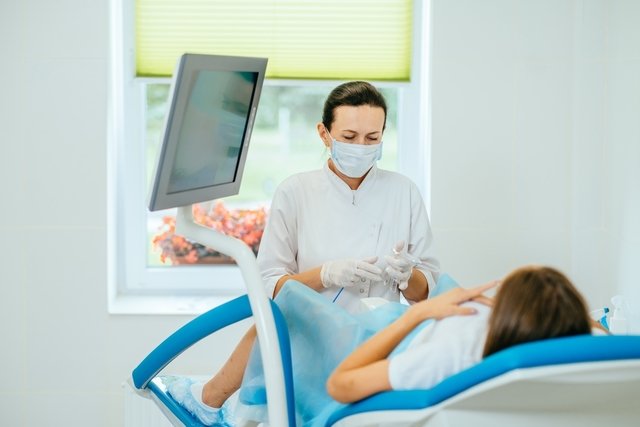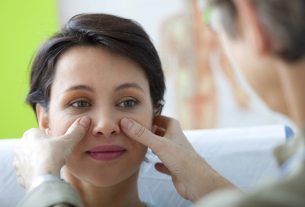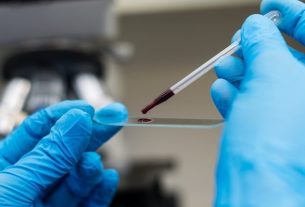Vulvoscopy is a gynecological examination that aims to analyze in more detail the woman’s intimate region, mainly Mount of Venus, labia majora, interlabial folds, labia minora, clitoris, vestibule and the perineal region, identifying changes that cannot be visualized. to the naked eye.
This examination is carried out in the gynecologist’s office and is usually carried out together with the examination of the cervix, colposcopy, using reagents such as acetic acid, toluidine blue (Collins test) or iodine solution (Schiller test). .
Vulvoscopy does not hurt, but it can make the woman uncomfortable during the exam. Always having the exam with the same doctor can make the exam more comfortable.

What is the use of vulvoscopy?
Vulvoscopy is an exam that serves to evaluate a woman’s intimate region in more detail, as it uses equipment that has a 10 to 40 times magnification lens, allowing the identification of changes that cannot be seen with the naked eye, such as spots, blisters , small lesions and warts, for example.
Therefore, this test can be useful in diagnosing some diseases, especially when the woman presents some signs and symptoms, such as pain and burning when urinating or during sexual intercourse, vaginal discharge, bleeding outside the menstrual period and itching in the vulva, for example. example. Thus, vulvoscopy may be indicated to assist in the diagnosis of:
- Neoplasia intraepitelial vulvar;
- Vulvar cancer;
- Lichen planus or sclerosus;
- Vulvar psoriasis;
- Dermatitis;
- HPV infection;
- Herpes genital.
If changes are identified during the vulvoscopy examination, the gynecologist may recommend performing a biopsy, as this will make it possible to check whether the identified change has benign or malignant characteristics and whether specific treatment is necessary.
How it is made
Vulvoscopy is a simple exam that lasts an average of 10 minutes, and is performed in the gynecological office, without the need for anesthesia or sedation. To carry out this examination, the woman is advised to be in a gynecological position to allow the doctor to observe the vulva and vagina, which is done using medical equipment called a colposcope, which has a lens capable of magnifying the image and, thus, facilitate the identification of changes.
What is the difference between vulvoscopy and colposcopy?
Although the same equipment is used in vulvoscopy and colposcopy, the colposcope, they correspond to different exams. Vulvoscopy aims to analyze the external part of the female genital region, while colposcopy mainly examines the cervix. Understand what colposcopy is and how it is performed.
Preparing for vulvoscopy
Before undergoing vulvoscopy, it is important that the woman follows some instructions from the gynecologist, such as:
- Avoid sexual intercourse 48 hours before the exam;
- Do not shave the intimate area 48 hours before the exam, it is only recommended that the woman trim her hair;
- Do not insert anything into the vagina such as vaginal medicines, creams or tampons;
- Not menstruating at the time of the exam, and it is preferably recommended that the exam be carried out before menstruation. However, in some cases, the doctor may request the test to be carried out during menstruation;
- Do not douche vaginallycleaning only the external part.
Taking these precautions is important because when a woman does not follow these guidelines, the test result may be altered.

Sign up for our newsletter and stay up to date with exclusive news
that can transform your routine!
Warning: Undefined array key "title" in /home/storelat/public_html/wp-content/plugins/link-whisper-premium/templates/frontend/related-posts.php on line 12
Warning: Undefined array key "title_tag" in /home/storelat/public_html/wp-content/plugins/link-whisper-premium/templates/frontend/related-posts.php on line 13



